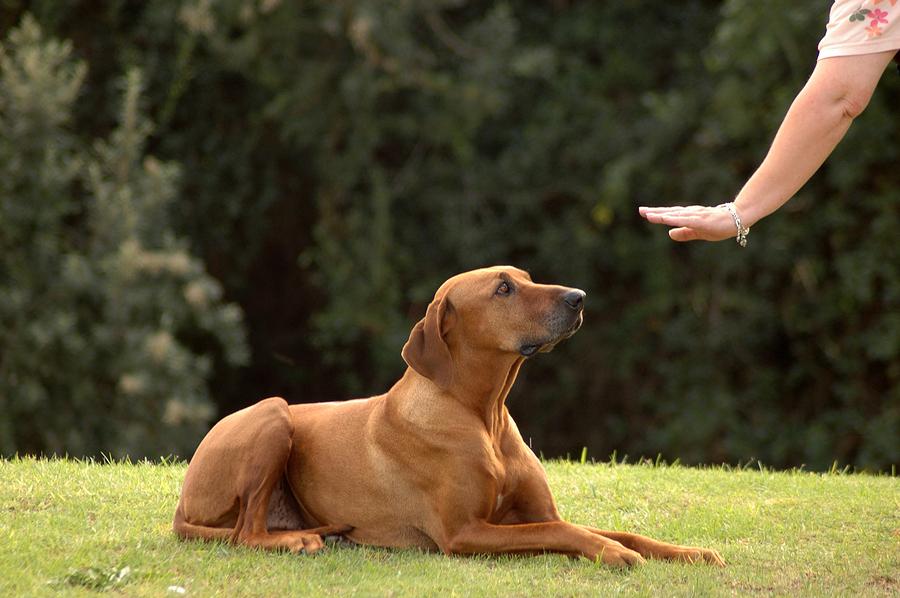is an essential part of fostering a harmonious living environment for both you and your furry companion. Dogs, by nature, are eager learners and thrive on structure and guidance, making the task of setting household boundaries not only achievable but also rewarding. This journey is an opportunity to deepen the bond between you and your pet, creating a space where trust and respect flourish. In this article, we will explore practical, compassionate strategies to help your dog understand and respect the limits within your home, ensuring that both you and your four-legged friend can enjoy a peaceful, well-ordered life together. Whether you’re dealing with a curious puppy or an older dog, these techniques will provide the foundation for a balanced relationship rooted in mutual respect and understanding.
Understanding Your Dogs Perspective
To foster a respectful environment in your home, it’s crucial to understand how your furry friend perceives their surroundings. Dogs thrive on structure and consistency, and they view boundaries as part of their pack’s natural hierarchy. When teaching your dog to respect boundaries, consider their instincts and natural behaviors. Dogs are territorial creatures, and what may seem like defiance is often just them trying to understand their place in your shared space.
- Consistency is Key: Reinforce boundaries with consistent rules. If a room is off-limits, ensure that everyone in the household adheres to this rule.
- Positive Reinforcement: Reward your dog with treats or praise when they respect boundaries. This encourages them to repeat the behavior.
- Understand Their Needs: Sometimes boundary-crossing is a sign of unmet needs, such as exercise or attention. Address these needs to prevent boundary violations.
By understanding your dog’s perspective and applying these strategies, you can create a harmonious living space that respects both your needs and those of your four-legged friend.
Creating a Safe and Structured Environment
Establishing a secure and well-organized setting is crucial for guiding your furry friend to understand and respect household boundaries. Start by designating specific areas where your dog is allowed and areas that are off-limits. Use clear and consistent cues to indicate these boundaries, such as baby gates or closed doors. Consistency is key, so ensure all family members are on the same page and adhere to the rules. Providing a comfortable and inviting space where your dog feels at ease can help prevent them from venturing into restricted zones.
- Positive Reinforcement: Reward your dog with treats and praise when they respect boundaries.
- Visual Markers: Use rugs or mats to visually define areas where your dog can roam freely.
- Routine: Establish a daily routine that includes regular playtime and rest in designated areas.
- Supervision: Keep an eye on your dog to gently guide them back if they cross into restricted zones.
By providing structure and positive reinforcement, you create a harmonious home where both you and your dog can thrive together.

Positive Reinforcement Techniques for Success
Teaching your dog to respect boundaries in the house can be a rewarding journey for both you and your furry friend. By using positive reinforcement techniques, you can foster a sense of understanding and cooperation. Start by identifying the areas you want to keep off-limits, such as the kitchen or certain furniture. Consistency is key, so make sure all family members are on the same page about these boundaries.
Here are some effective positive reinforcement strategies to consider:
- Reward Good Behavior: Whenever your dog stays away from the restricted areas, reward them with a treat or verbal praise. This reinforces the idea that staying away from these areas is desirable.
- Use Visual Cues: Consider placing a visible marker, like a rug or tape, at the boundary lines. This helps your dog understand the physical limits of where they are allowed to roam.
- Interactive Toys: Provide your dog with engaging toys or activities in permitted areas. This will help redirect their attention and energy, making the restricted zones less appealing.
- Training Sessions: Conduct regular short training sessions focusing on boundary respect. Use commands like “stay” or “wait” at the boundary lines and reward compliance.
Remember, patience and empathy are your best allies. With time and consistent application of these techniques, your dog will learn to respect household boundaries, creating a harmonious living environment for everyone.

Consistency and Patience: Key to Lasting Respect
Training your furry friend to understand and respect boundaries within your home is a journey that requires both consistency and patience. These elements are not just buzzwords; they are the cornerstone of effective training. Start by establishing clear boundaries. Use simple commands and ensure everyone in the household is on the same page to avoid confusing your dog. Consistency is crucial here—reinforce the same rules daily. When your dog respects a boundary, offer positive reinforcement like a treat or praise to encourage the behavior.
- Set Clear Boundaries: Decide which areas are off-limits and enforce these rules consistently.
- Use Simple Commands: Commands like “stay” or “leave it” can help in boundary training.
- Positive Reinforcement: Reward your dog when they respect boundaries to reinforce good behavior.
Patience is equally important. Understand that learning takes time, and setbacks may occur. Stay calm and collected, even when progress seems slow. Dogs are sensitive to your emotions, and your patience will create a safe environment for them to learn. Remember, every dog learns at its own pace, so celebrate small victories and maintain a loving approach throughout the process.

